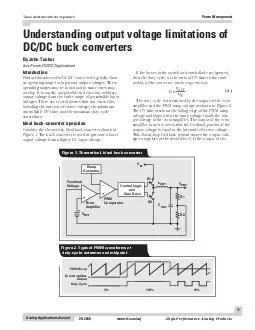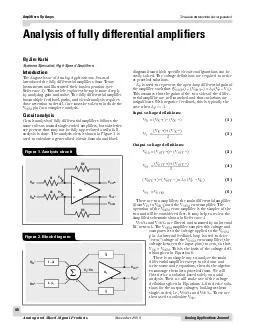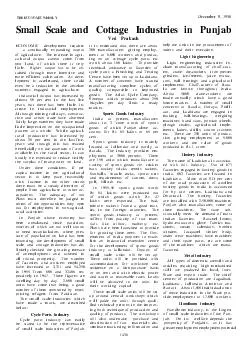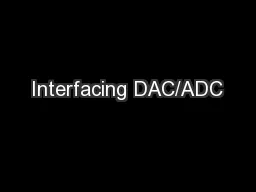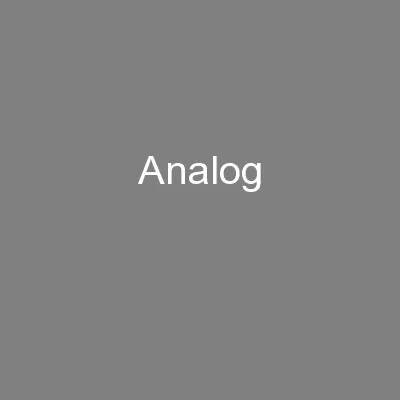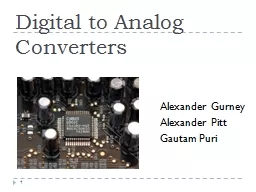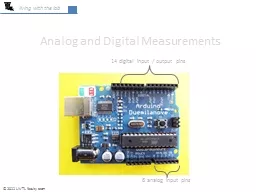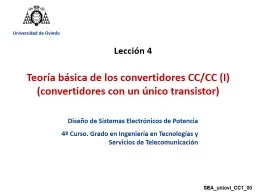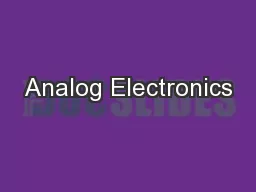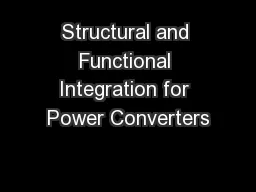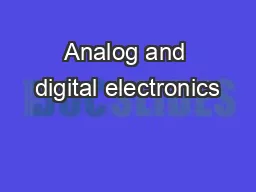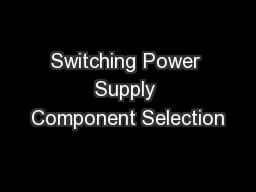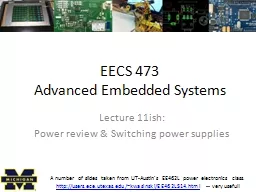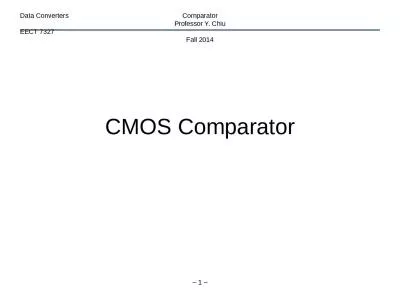PDF-Analog Applications Journal Understanding output voltage limitations of DCDC buck converters
Author : olivia-moreira | Published Date : 2014-12-25
These operating ranges may be broad and in some cases may overlap It is usually not possible to derive any arbitrary output voltage from the entire range of permissible
Presentation Embed Code
Download Presentation
Download Presentation The PPT/PDF document "Analog Applications Journal Understandin..." is the property of its rightful owner. Permission is granted to download and print the materials on this website for personal, non-commercial use only, and to display it on your personal computer provided you do not modify the materials and that you retain all copyright notices contained in the materials. By downloading content from our website, you accept the terms of this agreement.
Analog Applications Journal Understanding output voltage limitations of DCDC buck converters: Transcript
Download Rules Of Document
"Analog Applications Journal Understanding output voltage limitations of DCDC buck converters"The content belongs to its owner. You may download and print it for personal use, without modification, and keep all copyright notices. By downloading, you agree to these terms.
Related Documents

